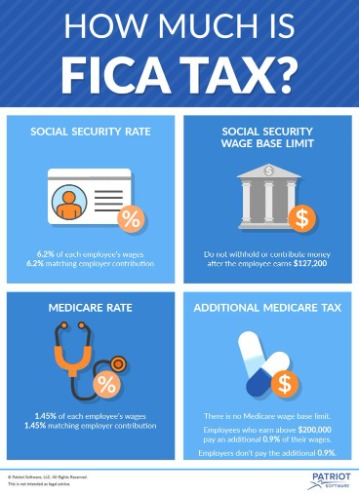
However, as can be seen from the examples of daybooks shown below, it is still necessary to check, within each daybook, that the postings from the daybook balance. Take self-paced courses to master the fundamentals of finance and connect with like-minded individuals. A financial professional will offer guidance based on the information provided and offer a no-obligation call to better understand your situation.
You can also connect your business bank account to make recording transactions easier. Central to the double-entry system is the idea that every financial transaction has an equal and opposite impact on at least two different accounts. This dual aspect—debit and credit—provides a check and balance for each transaction. The system allows businesses to track their finances more effectively, making better, informed decisions. The basic rule of double-entry bookkeeping is that each transaction has to be recorded in two accounts (credits and debits). The total amount credited has to equal the total amount debited, and vice versa.
Contents
Liabilities represent everything the company owes to someone else, inventory purchases such as short-term accounts payable owed to suppliers or long-term notes payable owed to a bank. Equity may include any contributions the owners have made to the company, plus the company’s profits or minus the company’s losses. The double-entry system began to propagate for practice in Italian merchant cities during the 14th century. Before this there may have been systems of accounting records on multiple books which, however, did not yet have the formal and methodical rigor necessary to control the business economy. The purchase of furniture on credit for $2,500 from Fine Furniture is recorded on the debit side of the account (because furniture is an asset and is increasing).
It also requires that mathematically, debits and credits always equal each other. This complexity can be time-consuming as well as more costly; however, in the long run, it is more beneficial to a company than single-entry accounting. The chart of accounts is a different category group for the financial transactions in your business and is used to generate financial statements. Recording multiple transactions that require both credit and debit entries can be time-consuming and lead to mistakes. It is recommended to use an accountant for your business or accounting software to ensure that all transactions are recorded correctly.
Since every transaction affects at least two accounts, we must make two entries for each transaction to fully record its impact on the books. One of the entries deferred revenue definition is a debit entry and the other a credit entry, both for equal amounts. In the fourth and final scenario, the company decides to raise capital by issuing equity in exchange for cash.
Scenario 2: $50,000 Credit Purchase of Inventory
- The double-entry system creates a balance sheet made up of assets, liabilities, and equity.
- The list is split into two columns, with debit balances placed in the left hand column and credit balances placed in the right hand column.
- Bookkeeping supports every other accounting process, including the production of financial statements and the generation of management reports for company decision-making.
- In the next scenario, the company purchases $50,000 in inventory using credit rather than cash.
- Linking each accounting entry to a source document is essential because the process helps the business owner justify each transaction.
The company was able to raise $1 million in cash, reflecting an “inflow” of cash and therefore a positive adjustment. The cash account is debited by $1 million, whereas the offsetting entry is a $1 million credit to the common stock account. The customer made a purchase using credit instead of cash, so it is the reverse of the prior scenario. The double entry accounting system is a method for companies of all sizes to accurately record the impact of transactions and keep close track of the movement of cash. For a sole proprietorship, single-entry accounting can be sufficient, but if you expect your business to keep growing, it’s a good idea to master double-entry accounting now.
How Double-Entry Bookkeeping Works
Under the double-entry system, the ledger contains a number of accounts, perhaps just a few or perhaps many thousands. For example, consider receiving a check for $5,000 as a vehicle insurance provider. To account for this transaction, $5,000 is entered into the insurance account as a debit. Double Entry Bookkeeping is a standardized accounting system wherein each and every transaction results in adjustments to at least two offsetting accounts.
Double entry accounting maintains balance by ensuring that the total debits equal the total credits for every transaction. For example, when a company purchases inventory for cash, it how to create a small business budget records an increase in the inventory account (debit) and a decrease in the cash account (credit). The two entries offset each other, maintaining the balance of the financial records. When applying the double-entry accounting system, each transaction has equal and opposite effects in at least two accounts.

Assets, Expenses, and Drawings accounts (on the left side of the equation) have a normal balance of debit. Liability, Revenue, and Capital accounts (on the right side of the equation) have a normal balance of credit. On a general ledger, debits are recorded on the left side and credits on the right side for each account. Since the accounts must always balance, for each transaction there will be a debit made to one or several accounts and a credit made to one or several accounts. The sum of all debits made in each day’s transactions must equal the sum of all credits in those transactions.

